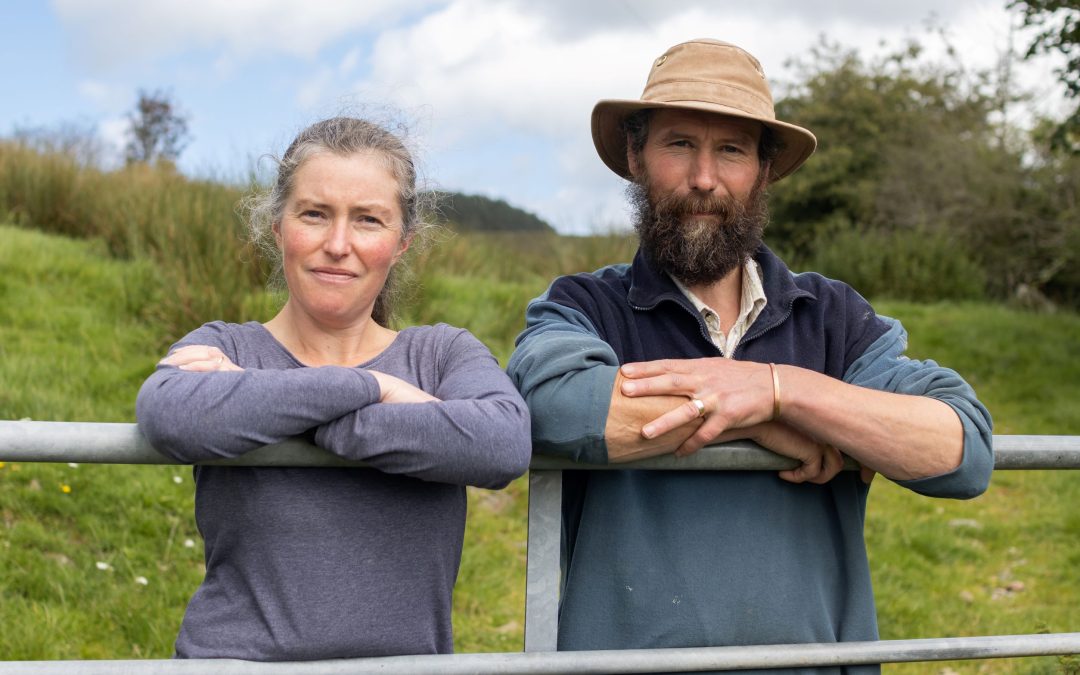“Improving flock output, making more from our own resources and subsequently enhancing the unit’s sustainability are our key objectives,” says Tim Tyne, a founding member of the producer group which to date has attracted 12 members. “We’re focused on increasing genetic merit, producing lambs that meet market requirements from extensive, forage-based systems and breeding rams with known, improved performance.
Tim, together with his wife, Dot manage approximately 200 improved Welsh ewes near Pwllheli. “We began performance recording our Welsh Mountain flock back in 2007, and since then have been a member of various forerunner schemes.
“Performance recording has brought huge benefits; in fact, we’ve been able to considerably reduce ewe numbers whilst maintaining or even improving overall flock profitability. This makes our farm business less dependent on additional rented grazing, which has cut our overhead costs significantly,” he says.
“We’ve gone from selling poor quality store lambs every autumn to producing 40kg finished lambs, together with good quality breeding sheep.” Nowadays every single female lamb surplus to requirements is sold for breeding purposes, he explains. “It’s the way to go.”
The Tynes run a closed flock on their hard hill unit. Ewes are maturing at an average 55kg. “Flock index has doubled and is within the breed’s top 10% for performance as a result of ruthless selection for maternal traits and eight-week weights, and it’s a strategy we continue to employ. Culling decisions are based on EBVs, with any ewes falling below a certain standard being taken out of the flock.
“Replacements are selected by penning our highest index ewe lambs and then rejecting any with poor conformation. We don’t retain any ewe lambs that aren’t high index, no matter how good they look. We’re also using high index home-bred rams in our own flock in order to consolidate the improvements made.
“Over the past 13 years, there’s been a massive 25-fold increase in the average maternal ability EBV of ewes in the flock, resulting in very, very low lamb mortality. Also, lambs are now on average 1.5kg heavier at eight weeks of age and almost 3kg heavier at weaning. Lamb conformation and killing out percentage has also improved, with an average 7kg increase in carcass weights achieved over a 10-year period.”
